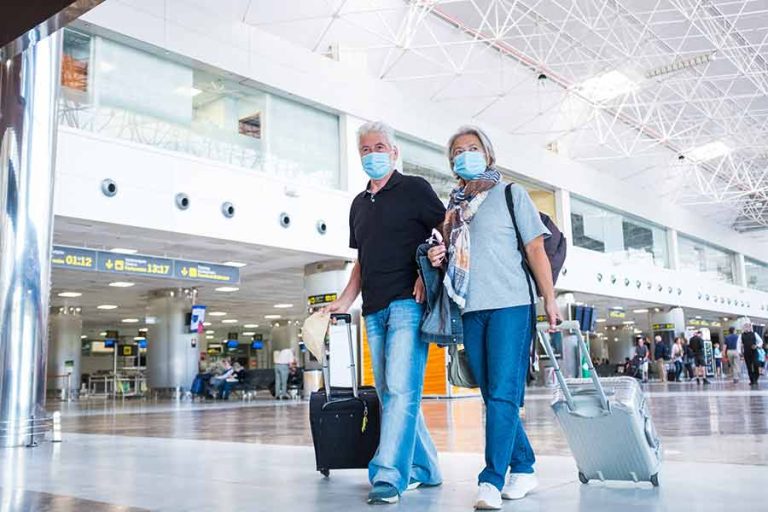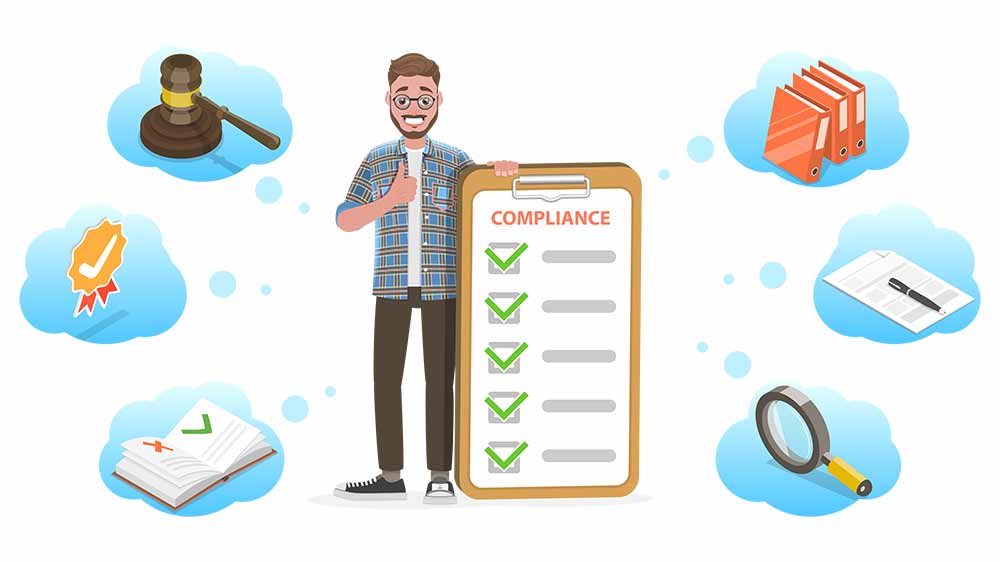Let’s start from the beginning. What is ventilation and why do we need it?
Ventilation provides air from a clean outdoor air supply to an indoor building.
A building requires clean air to:
- provide oxygen for inhabitants to breathe,
- dilute or remove air contaminants,
- reduces odours,
- provide thermal comfort,
- provide smoke control or smoke clearance.
Humans breathe in oxygen and breathe out carbon dioxide. Left un-moderated, this could be dangerous in a building with insufficient oxygen to service the inhabitants.
Ventilation can be either natural or mechanical or a combination of the two.
Natural ventilation can be achieved through openings in the external facade of a building. Windows, doors, vents and grilles are examples of this. However, natural ventilation systems in some buildings are complex and controllable engineered systems.
Mechanical ventilation uses fans to move air between the inside and outside of a building.
Indoor Air and Indoor Air Contamination
Indoor air can suffer from a range of contaminants from many different sources including:
- organic substances such as microorganisms and microbial debris,
- pollens,
- animal hairs,
- metals,
- fibres,
- fine particles,
- and gases.
Microorganisms can include:
- Legionella pneumophilia
- Mycobacterium tuberculosis
- Moulds and mould metabolites
- Viruses
HVAC and air-handling systems must be maintained to control microorganisms accumulating in building air systems.
The Australian Standard AS/NZS 3666.2 explicitly mentions the following 5 parts of an HVAC system that must be part of an HVAC cleaning program:
- OUTDOOR AIR INTAKES & EXHAUSTS – Inspect, clean or replace where necessary.
- AIR FILTERS – Inspect, clean or replace where necessary.
- HUMIDIFIERS – Inspect, clean or replace where necessary.
- EVAPORATIVE AIR-COOLING EQUIPMENT – Inspect, clean or replace where necessary.
- DUCTS & COMPONENTS – Inspect, clean or replace where necessary.




